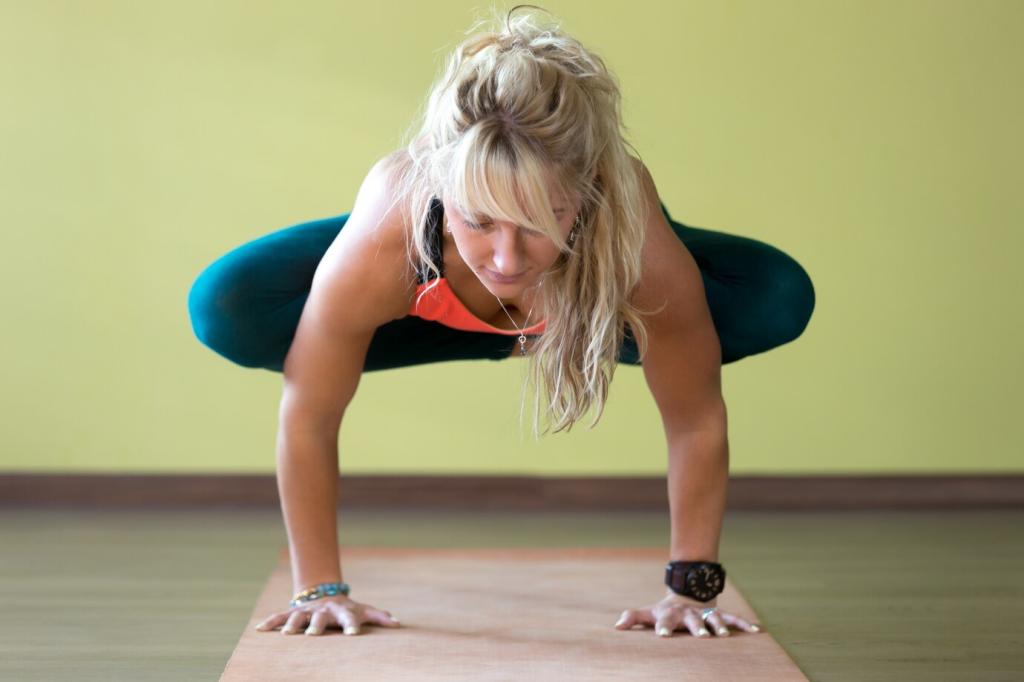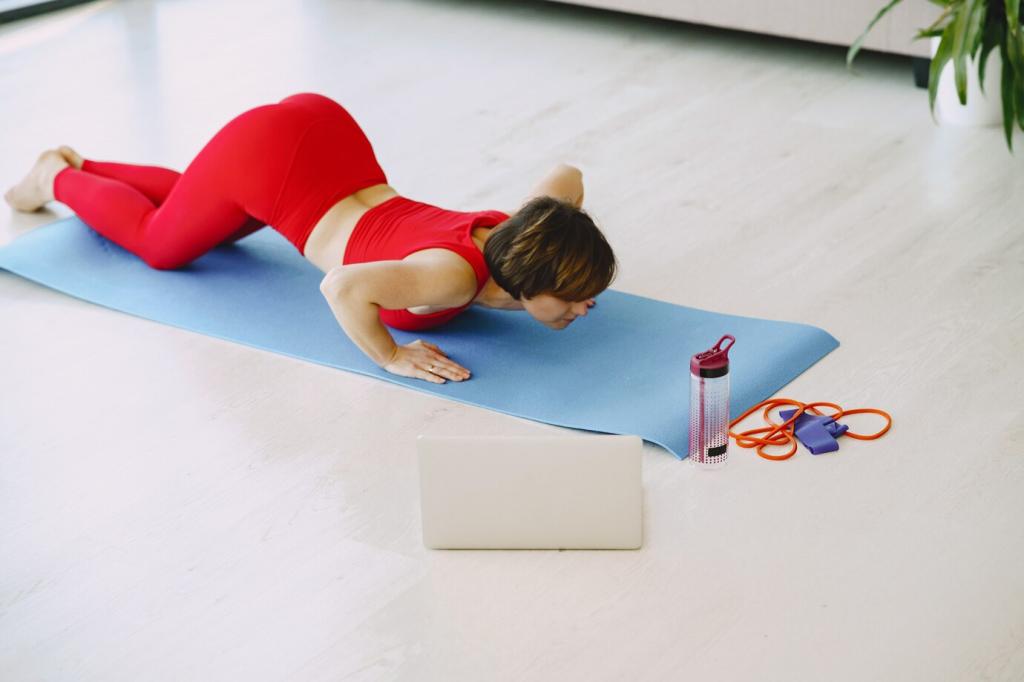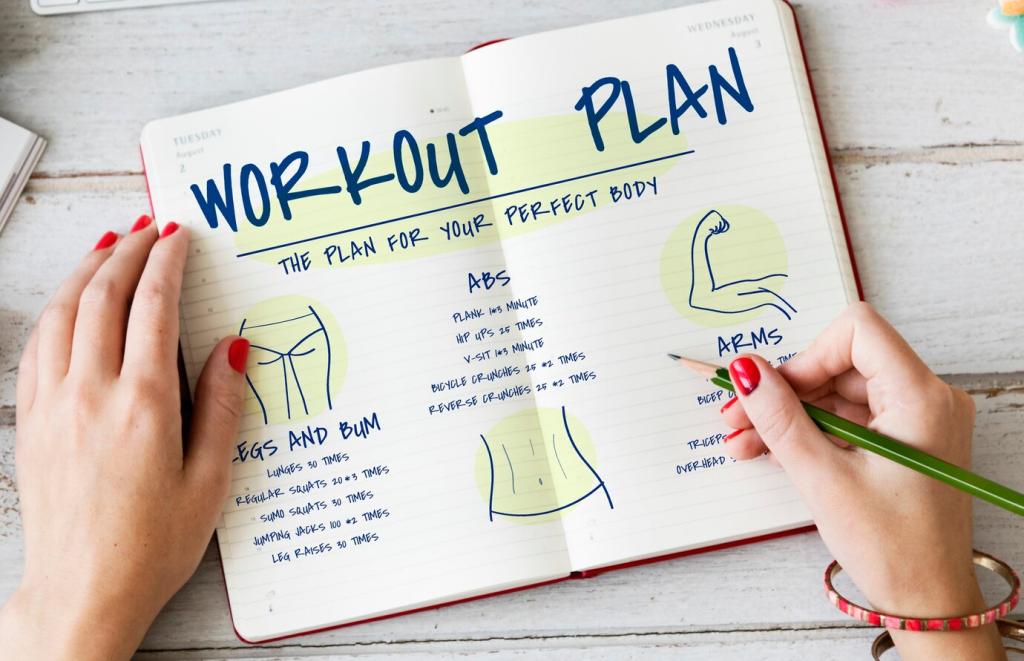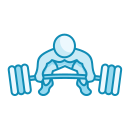No-Equipment Home Workouts for Beginners: Start Today
Chosen theme: No-Equipment Home Workouts for Beginners. Build confidence, strength, and consistency using just your body and a little floor space. Join our community, subscribe for weekly routines, and share your first steps—every rep is a new beginning.


Start Strong: Set Up, Mindset, and Momentum
Choose a clear space the length of your body, preferably with good light and airflow. A towel, water bottle, and a phone timer are enough. Add a calendar on the wall to mark sessions and celebrate streaks you build.
Start Strong: Set Up, Mindset, and Momentum
Start with ten minutes, three days a week, focusing on movement quality, not exhaustion. Use clear goals like, “Five perfect squats” or “Twenty-second plank.” Post your goal in the comments today for accountability and encouragement from friendly beginners.


Master the Basics: Foundational Bodyweight Moves
Stand tall, feet about hip-width, chest proud, and sit back like a chair is behind you. Keep knees tracking over toes and heels grounded. Start with shallow depth, pause, then stand. Comment your comfortable range, and increase depth gradually over weeks.
Master the Basics: Foundational Bodyweight Moves
Begin at a wall, hands shoulder-height, body straight. When confident, lower to a countertop, then to knees on the floor. Focus on steady elbows and tight core. Count controlled repetitions, not speed. Share your progression level so we can send targeted tips.

Low-Impact Apartment-Friendly Circuit
Try three rounds: ten squats, eight wall push-ups, twenty-second plank, eight reverse lunges each side, and ten glute bridges. Rest one minute between rounds. Move quietly, focus on rhythm, and track completion in a notebook. Share your first circuit time below.

Beginner Tabata Without Gear
Use twenty seconds work, ten seconds rest, for four minutes total. Alternate marching high knees with slow mountain climbers. Keep intensity comfortable and form precise. Repeat twice if energy allows. Comment whether the intervals felt manageable and we’ll suggest tailored adjustments.
Form, Safety, and Confidence
Breathe, Brace, and Move Smoothly
Inhale through the nose to prepare, exhale as you exert. Gently brace your midsection like you are zipping a snug jacket. Smooth, controlled reps reduce wobble and stress. Record one cue that helps you most and revisit it before every session.
Joint-Friendly Modifications
For sore knees, reduce squat depth and strengthen glutes with bridges. For wrist discomfort, use fists or perform push-ups on a wall. Choose soft flooring or a folded towel. Share any sensitive areas, and we will recommend supportive variations to try safely.
Pain vs. Discomfort: Know the Difference
Expect muscles to feel warm, shaky, or mildly tired; that is training. Stop for sharp, stabbing, or joint pain. Reduce range, slow down, and reassess technique. If unsure, pause and ask the community. Your long-term consistency matters more than any single workout.
Build a Habit That Sticks
Attach training to an existing routine, like after brushing teeth or brewing coffee. Keep equipment needs at zero and the space always ready. The easier it is to start, the more likely you will. Comment your chosen anchor habit to lock it in.
Build a Habit That Sticks
Use a notebook to log date, exercises, sets, reps, and how you felt. Celebrate tiny improvements: one extra squat, five more seconds in a plank. Snap a monthly posture photo if comfortable. Tell us your best micro-win this week to inspire newcomers.


Progress Without Equipment: Level Up Smartly
Reps, Sets, and Tempo Adjustments
Begin with two or three sets, then add reps gradually. Slow the lowering phase to three seconds for deeper muscle engagement. Keep rests consistent and note changes. Tell us your current squat tempo, and we will recommend a progression that feels achievable.
Exercise Variations and Levers
Shift leverage to scale difficulty: incline push-ups to floor push-ups; partial squats to full-depth; side planks on knees to straight legs. Change hand or foot positions carefully. Comment which move feels ready to advance, and we will suggest your next step.
Measure What Matters
Use simple benchmarks: timed plank holds, maximum comfortable squats in sixty seconds, or total wall push-ups with perfect form. Retest every two weeks and celebrate the numbers. Share your next benchmark date so our community can cheer your personal record attempt.
